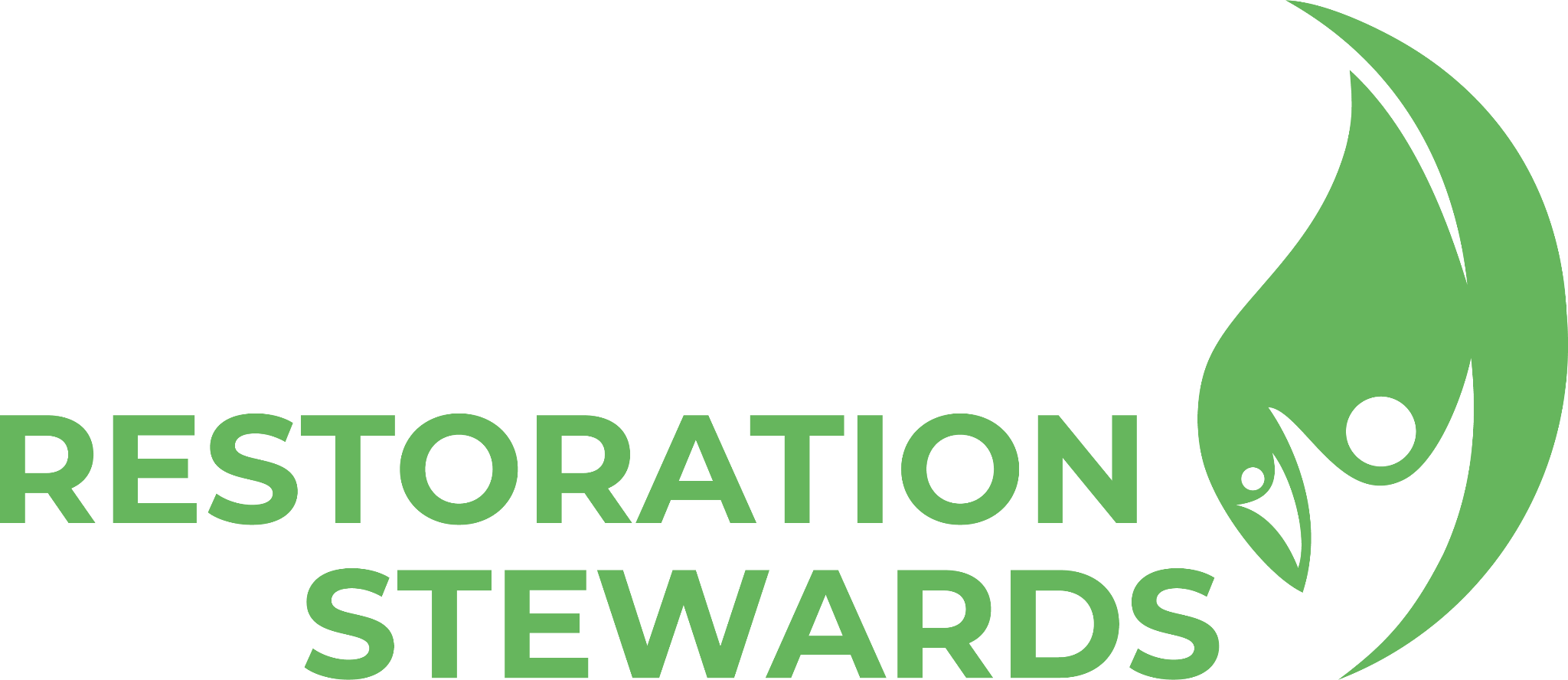One year restoring the Caatinga: Lessons learned, successes and next steps
At the end of 2023, I received the news that our agroforestry project at the Xique-Xique Agroecological Farm had been selected to take part in a program to support restoration initiatives. We submitted our project without much pretension, following a suggestion from one of our friends who is more involved in the world of international organizations. As a 2024 Restoration Steward, I worked with my brother Gean to restore our highly degraded family lands in the Caatinga, Brazil.
Our project is located in the Quilombola Lagoas territory, in the semi-arid region of the state of Piauí, in Northeastern Brazil. Our mission has always been to defend the Caatinga biome, which despite being unique in the world and home to remarkable biodiversity, is currently facing serious challenges, such as desertification, prolonged droughts and an increase in the already naturally high temperatures due to climate change.
During this year with the Restoration Stewards program, I was exposed to many new circumstances and learnings. I understood the importance of presenting our work on social media to show the world the efforts we are leading in this isolated region of Brazil, and to highlight the importance of agroforestry for the preservation of the Caatinga.
Exposure to regional and global networks of young environmentalists also helped us exchange experiences and knowledge with others restoring their territories. Many of these moments of exchange were made possible by the Restoration Stewards program and the GLFx Chapters, facilitated by the GLF team.
The GLF helped us to broaden our knowledge of sustainable practices, as well as to better understand the intimate dynamics between food production and agroforestry systems. Honoring these interconnected systems is a strategy for generating income for vulnerable populations, and consequently creating incentives to build more agroforestry areas.

Preparing cuttings for seedling production. Photo: Maxim Jaffe.
Collaborations with our community
With the support of the Restoration Stewards program, we held courses about agroforestry with women from the Quilombo who work with agroecological production. The women involved showed great satisfaction at having been exposed to new techniques, such as seedling propagation practices. With the information acquired at these meetings, we started noticing that more and more women from the Quilombo are starting to work in agroforestry.


Advancing our efforts to restore degraded land
With the support of the Restoration Stewards program, we are producing 2,500 seedlings to restore 2.5 hectares of degraded land. We are also working on planting native seedlings in other areas of our family property, which will be transplanted as soon as we have a productive rainy season.
Over the year, we were also able to manage and monitor the agroforestry area that we had already planted before we joined the program. In these growing areas of agroforestry, we can see an increase in the presence of different species of birds and their nests, serving as a reminder of the importance of reforestation for the conservation of species of fauna and flora in the Caatinga.

Seedling production. Photo: Maria Magalhães.
As our work restoring the Caatinga became more widely publicized on social networks, I also noticed an increase in my influence and traction in our community and state. This was seen, for example, when I was invited to teach courses on productive backyards for a social assistance program run by the municipality of São Raimundo Nonato, where we live.

Practicing the productive backyard course. Photo: Lunara.
During these courses, I was very happy to be able to show my community the importance of our biome and to share my enthusiasm for agroforestry practices. It was a great honor to show the participants how agroforestry can facilitate food production without deforestation. In fact, it does quite the opposite. Adopting agroforestry systems allows reforestation efforts to be carried out at the same time as food production, proving the importance of these practices for preserving the planet’s diversity, mitigating climate change and protecting all the animal and plant species that make up the Caatinga’s landscapes.
Next steps
There are many challenges in restoring arid zones in the context of the Brazilian semi-arid region. As a consequence of the economic barriers to establishing and maintaining restoration activities, many projects are short-lived and some people find it difficult to continue their reforestation efforts, which naturally take long periods of time before their fruits begin to be seen.
With the worsening consequences of the climate crisis, semi-arid regions are increasingly facing reforestation challenges due to prolonged periods of drought, irregular rainfall and high temperatures. In our territory, for example, the first rains of the year only arrived irregularly in November, a circumstance that has made it difficult to carry out our restoration schedule.
Despite these difficulties, we consider our year with the Restoration Stewards program to have been a huge success. We are very grateful for the opportunity to be part of the program and we end 2024 with our hearts overflowing with happiness for having the GLF’s support to expand restoration efforts throughout the Caatinga biome.
My participation in the program has had a profound impact on my life. Today I feel much safer presenting my work and ideas with confidence. Being a Restoration Steward, in addition to supporting our mission to restore the Caatinga, has improved my self-esteem, and reminded me of the importance of believing in myself – a change that has helped me in all areas of my life.

